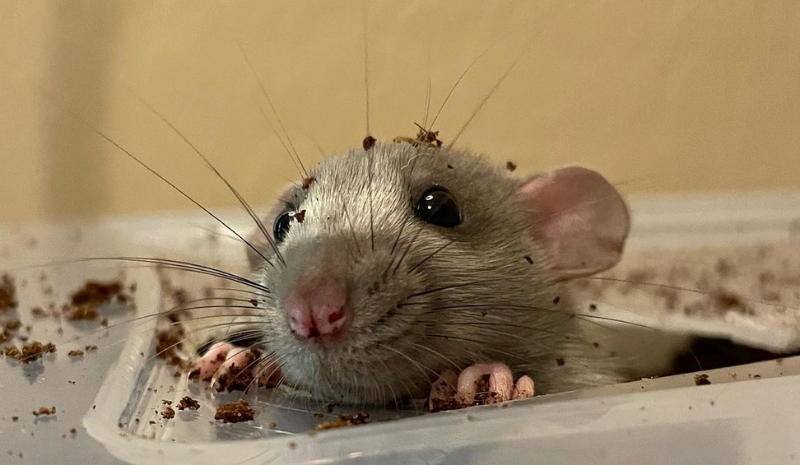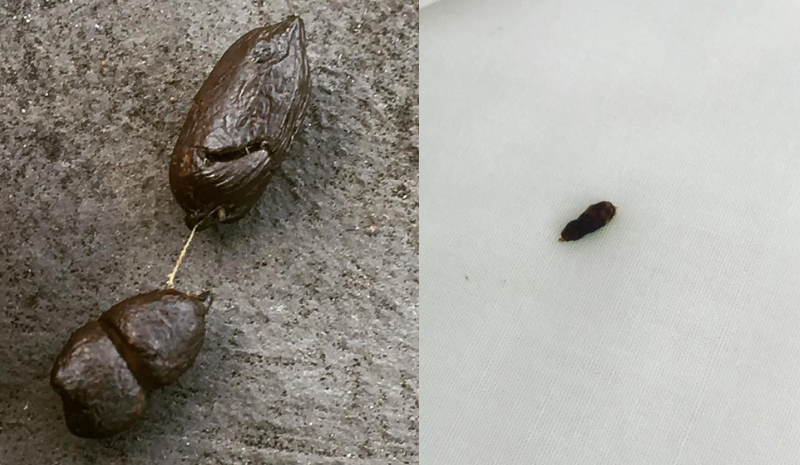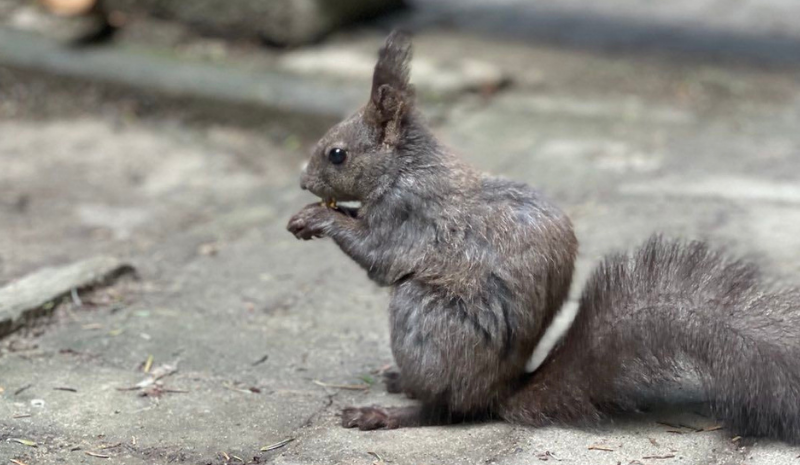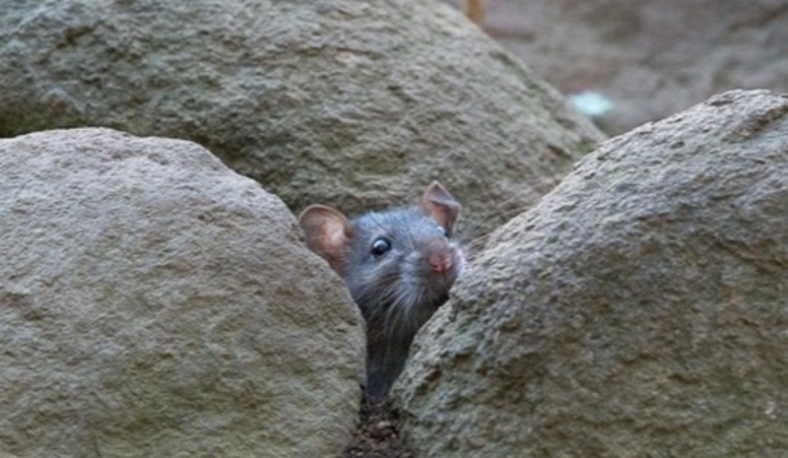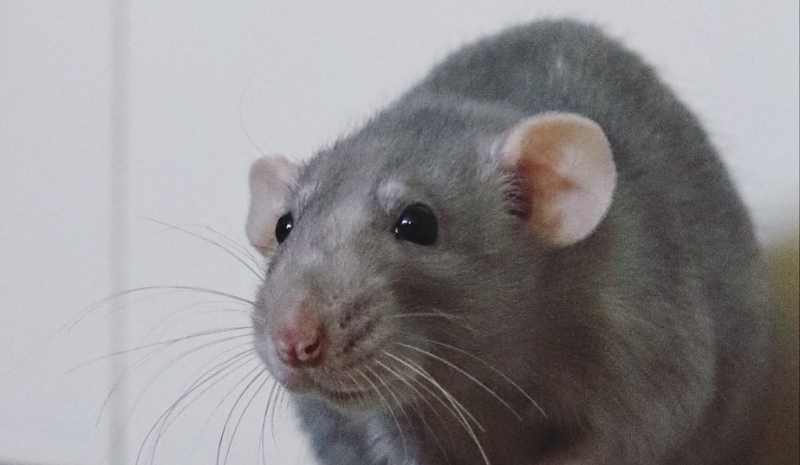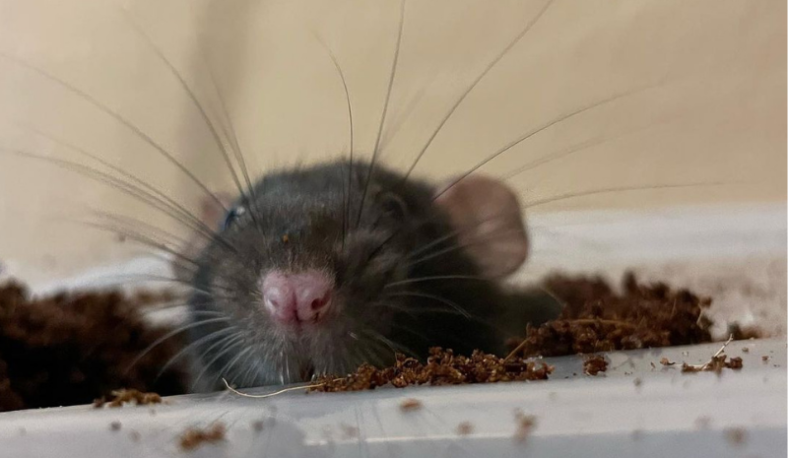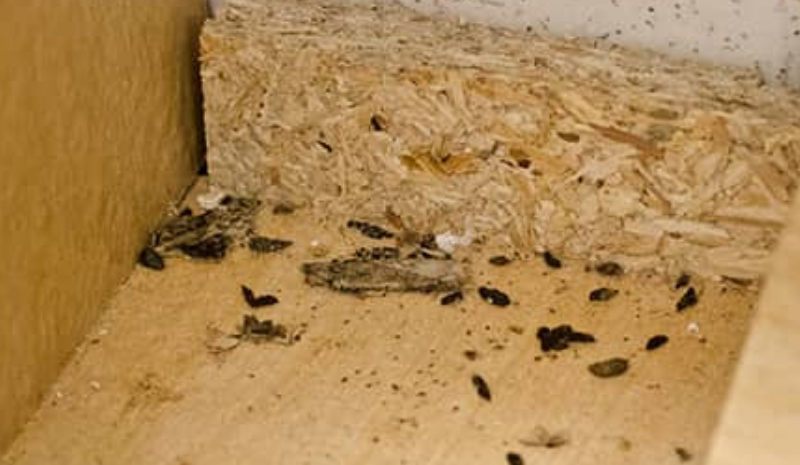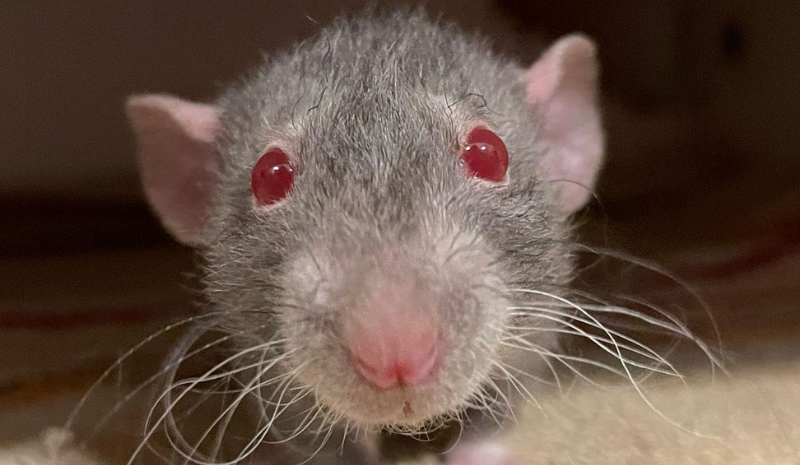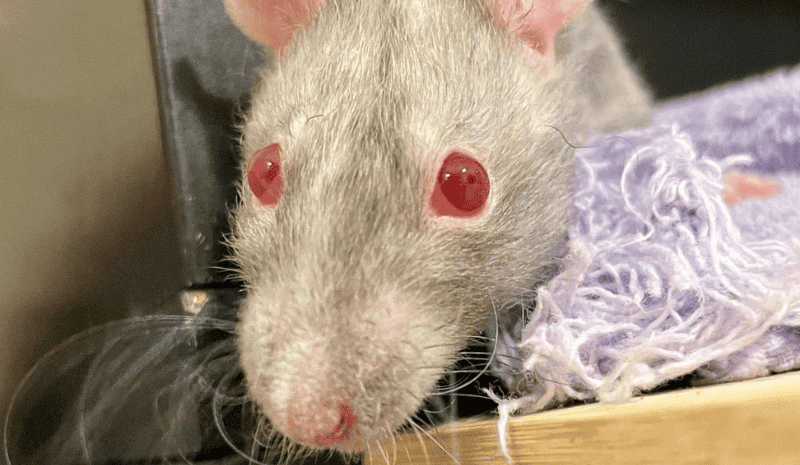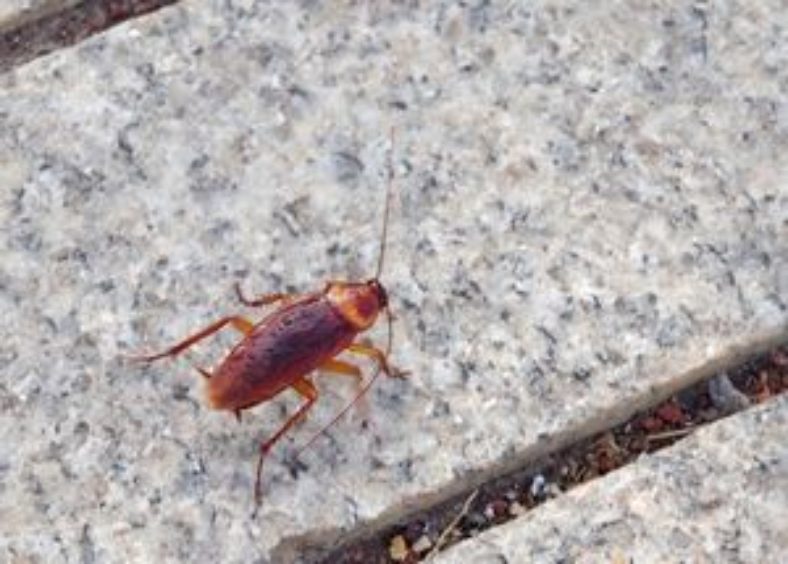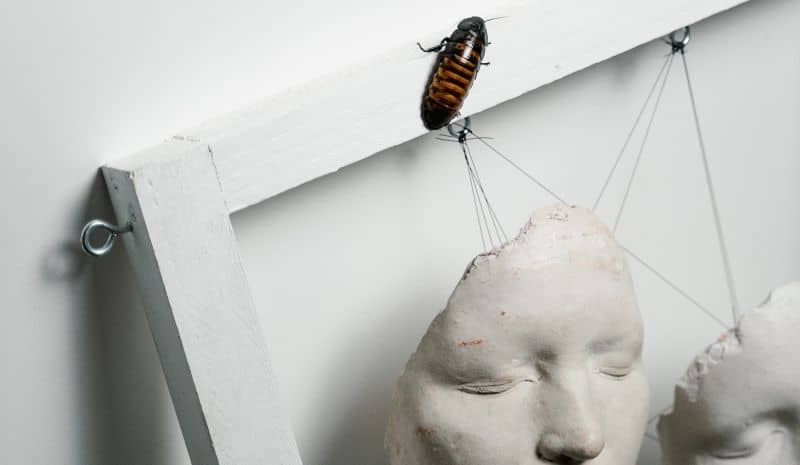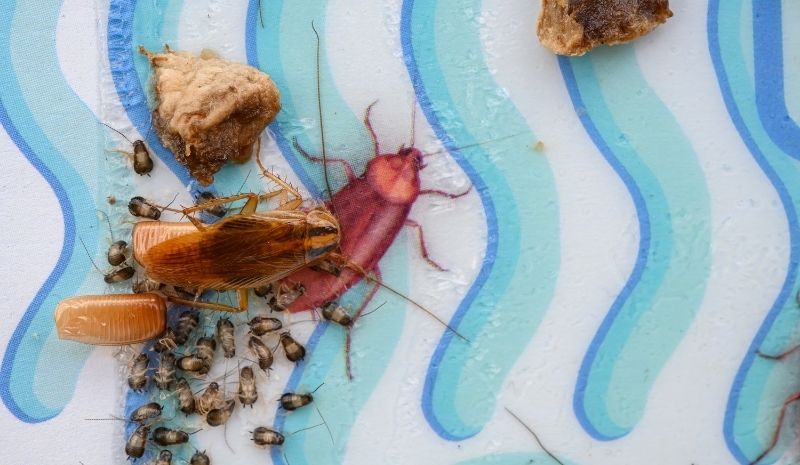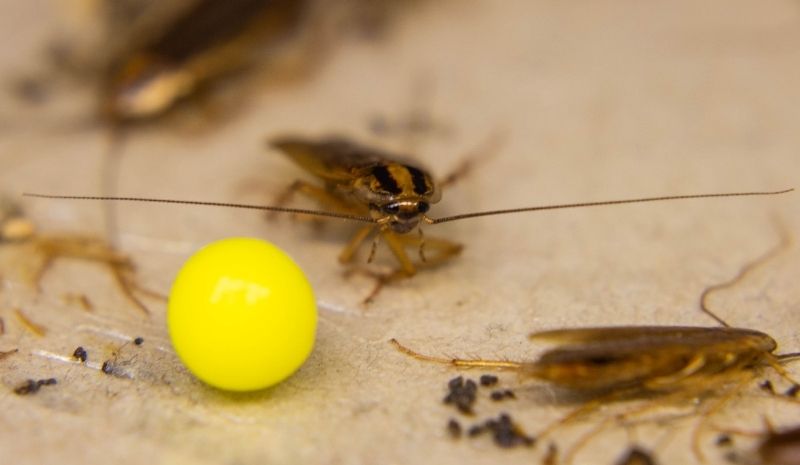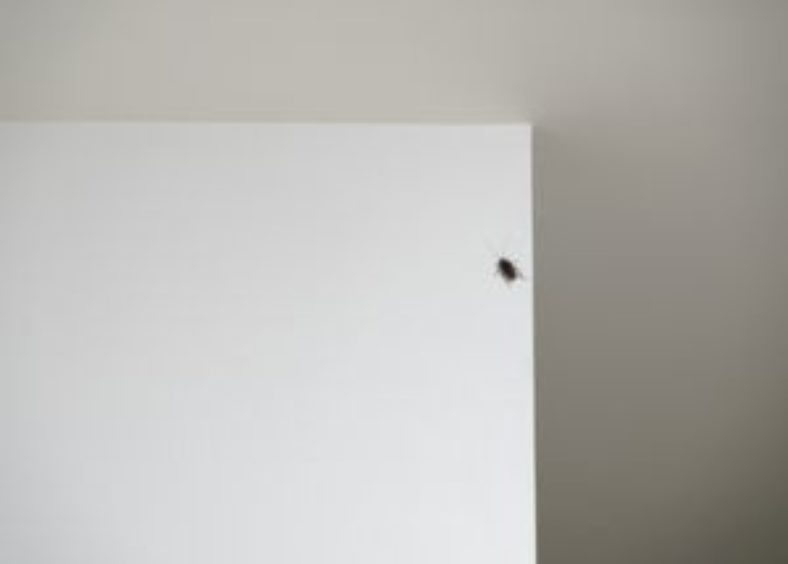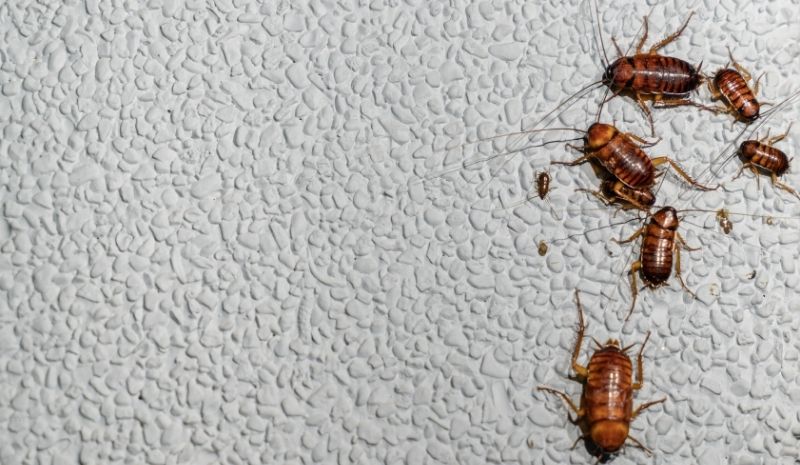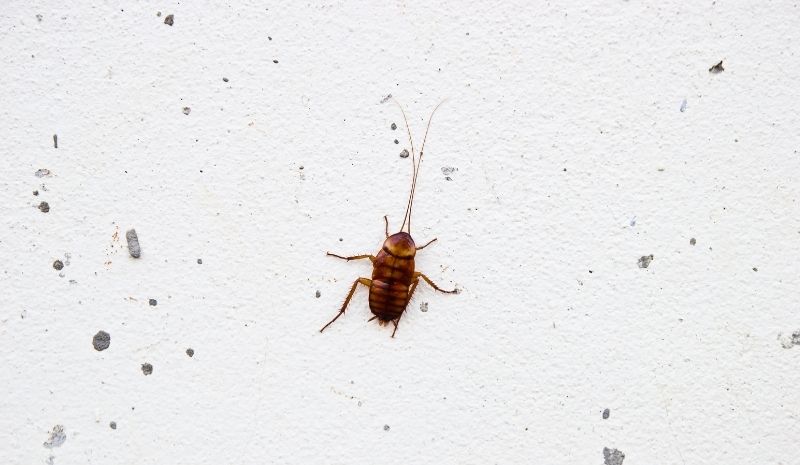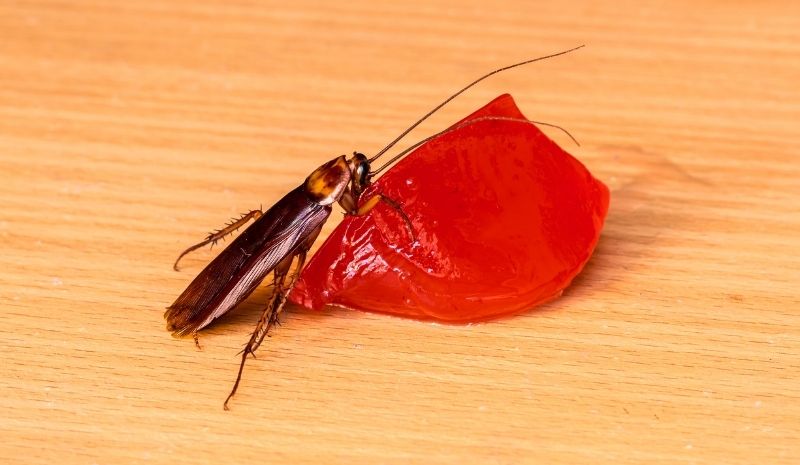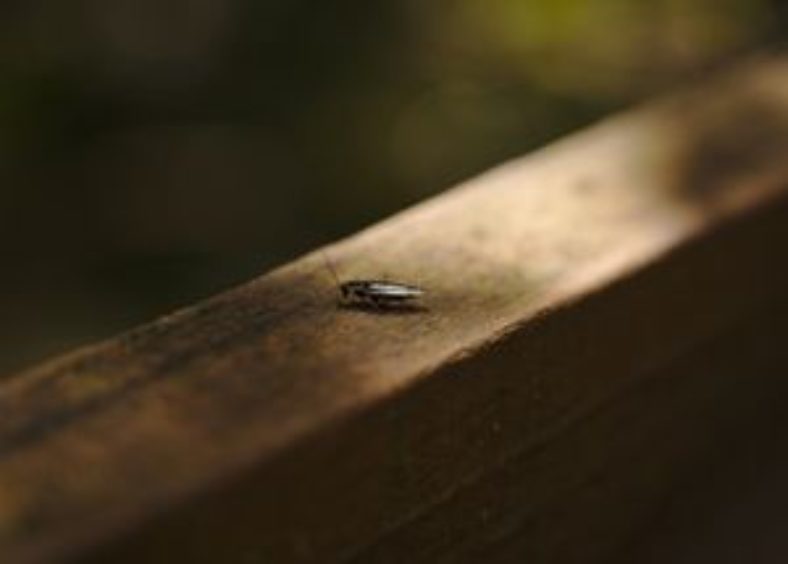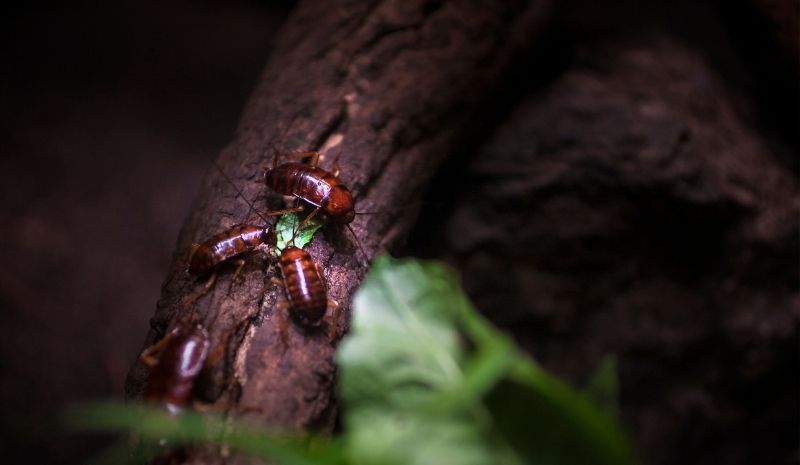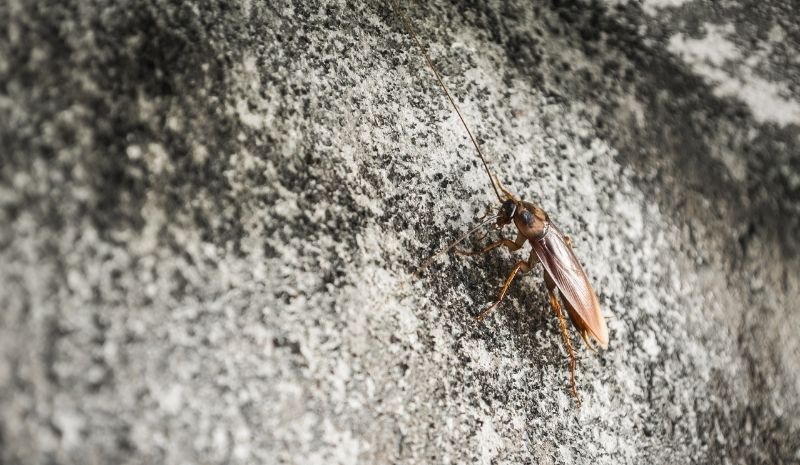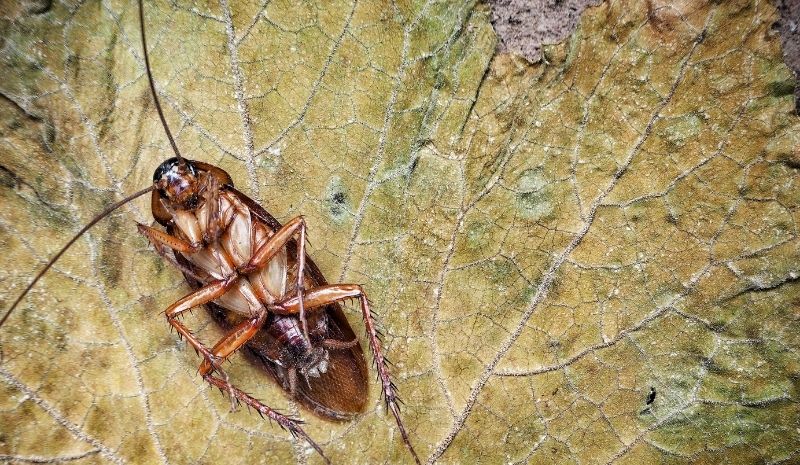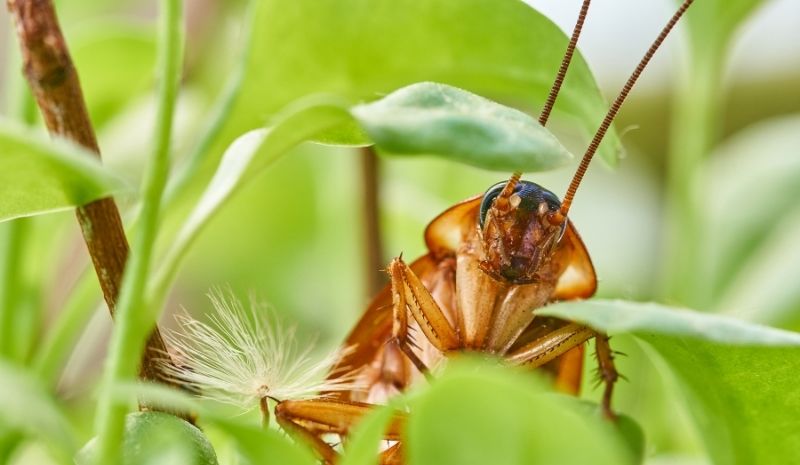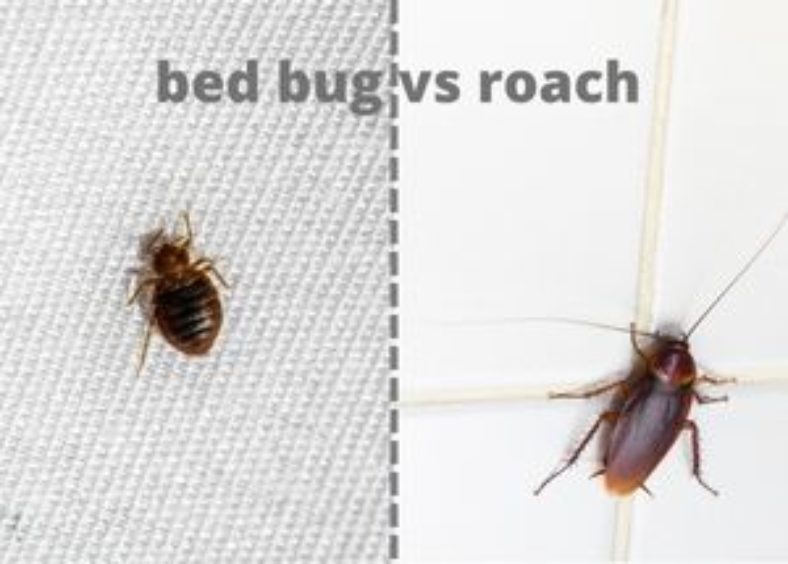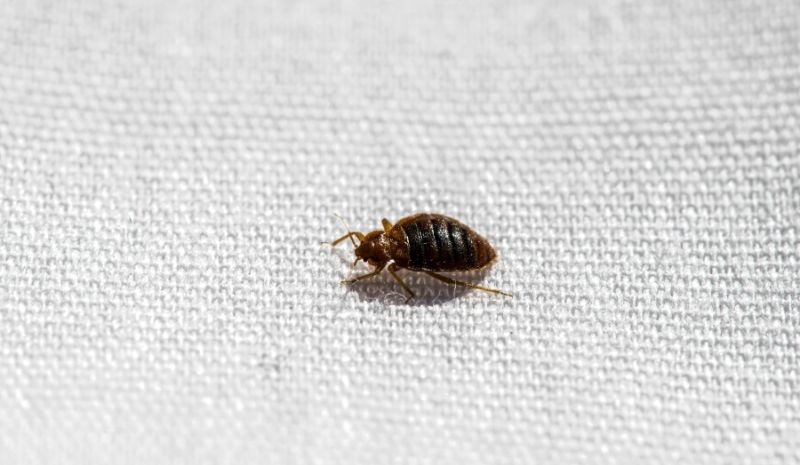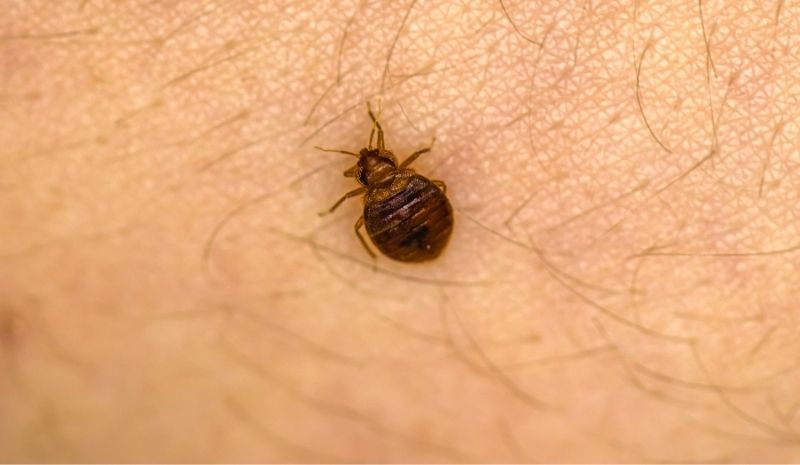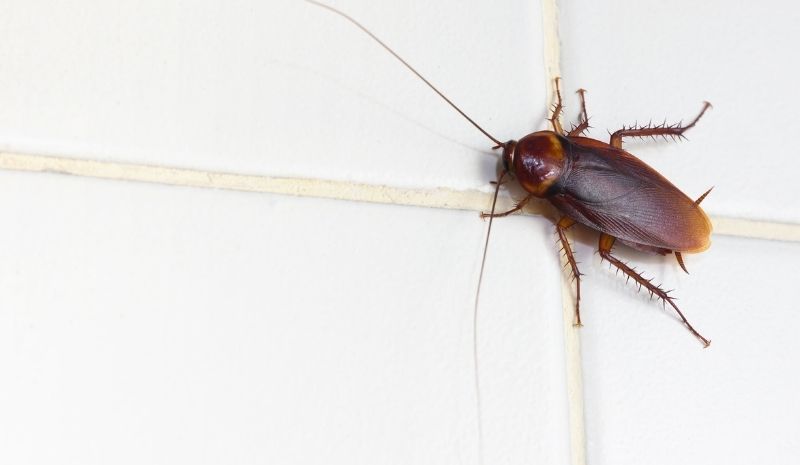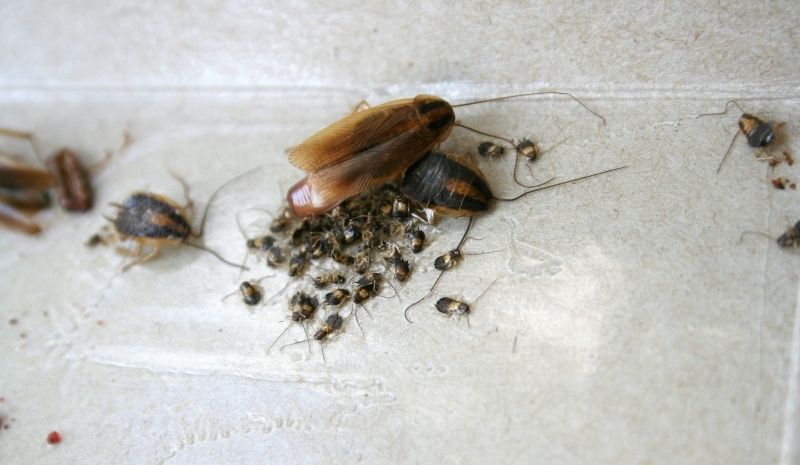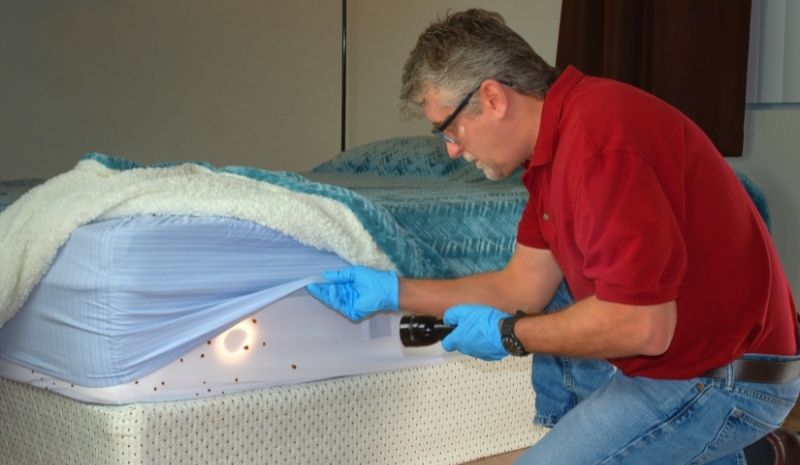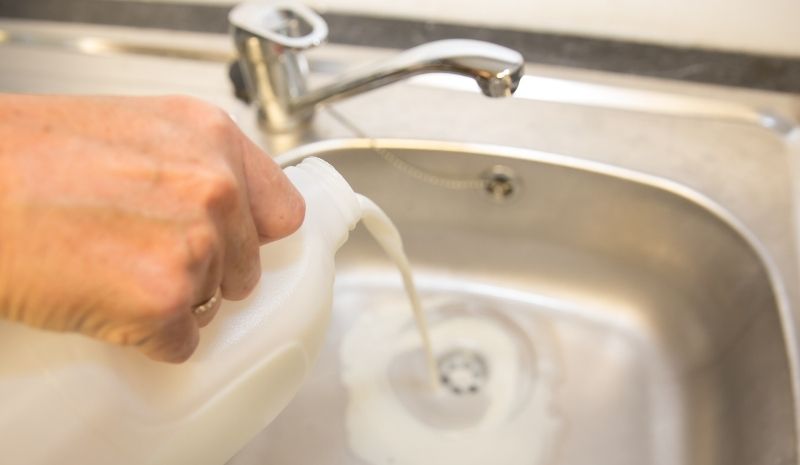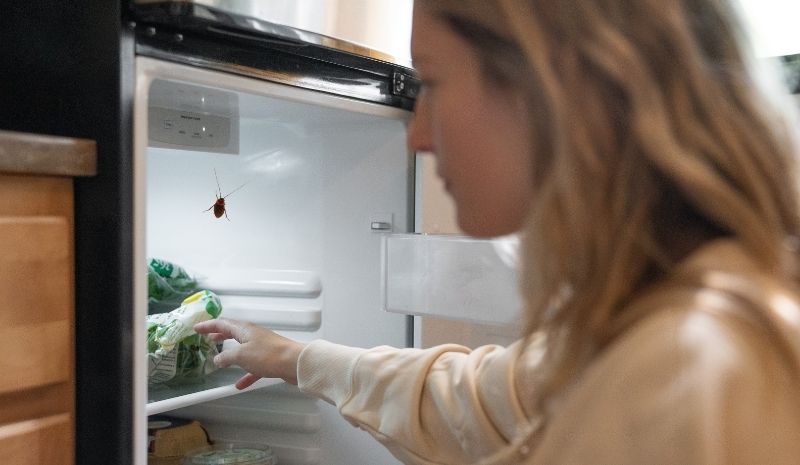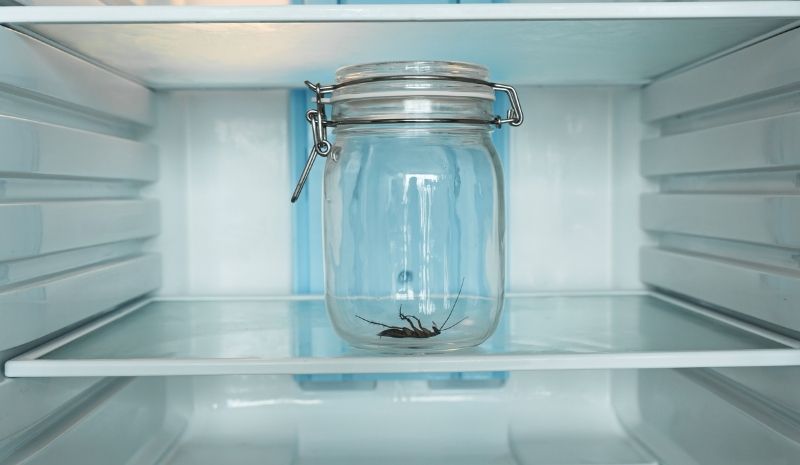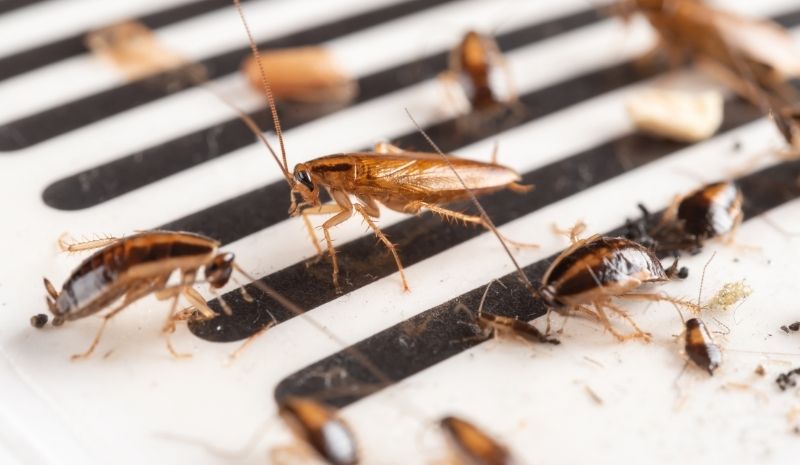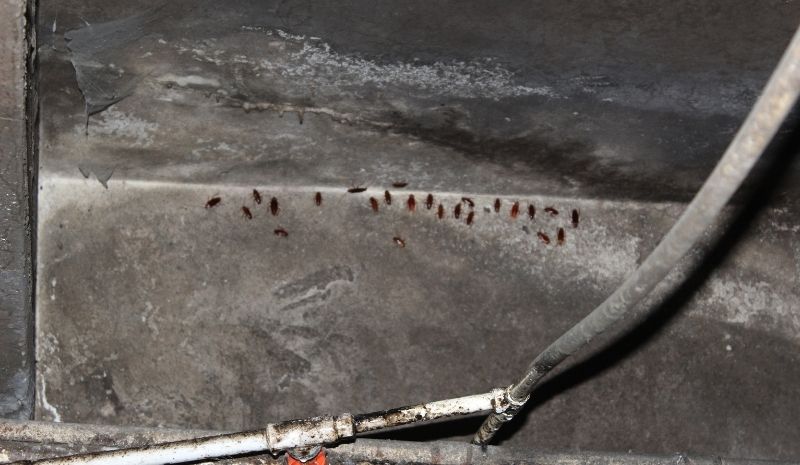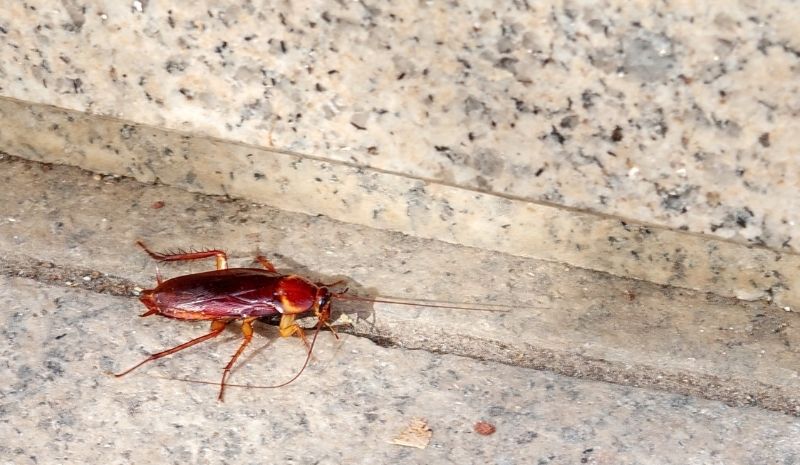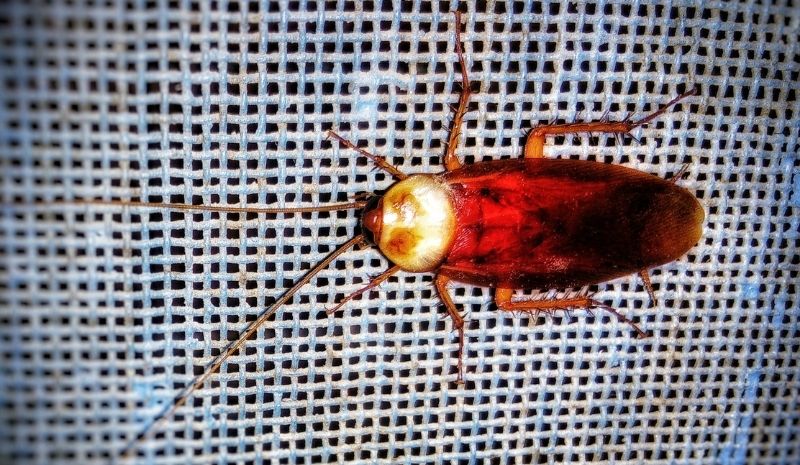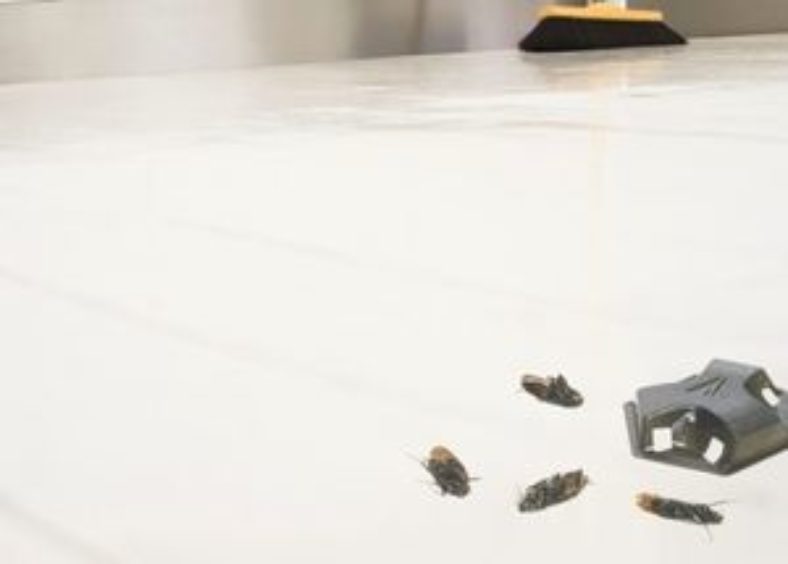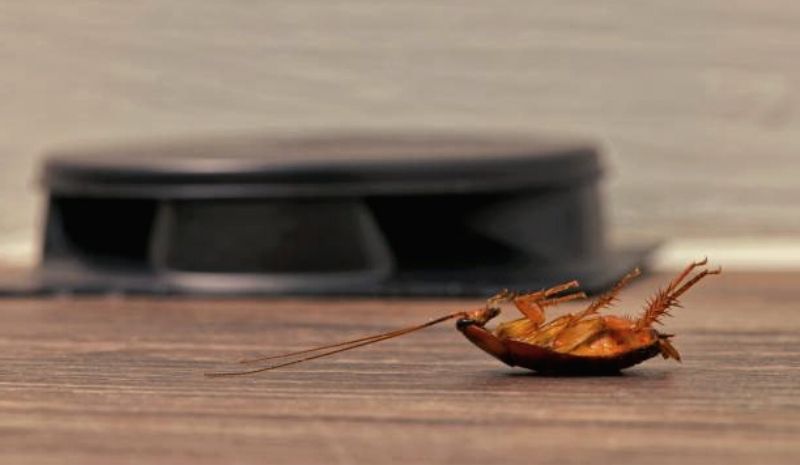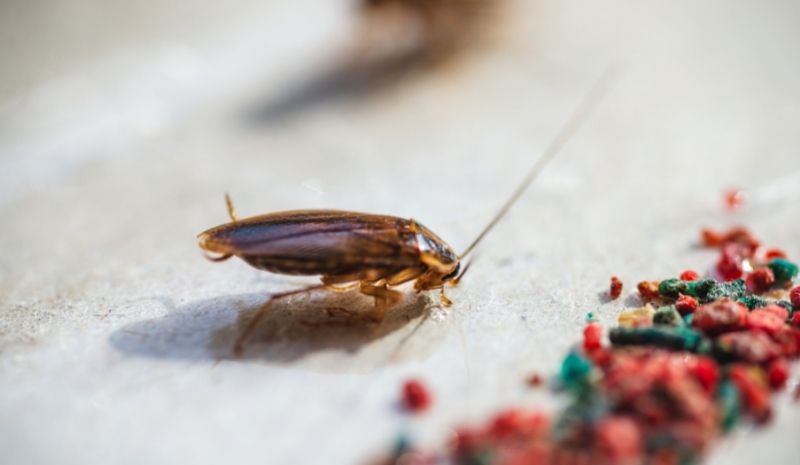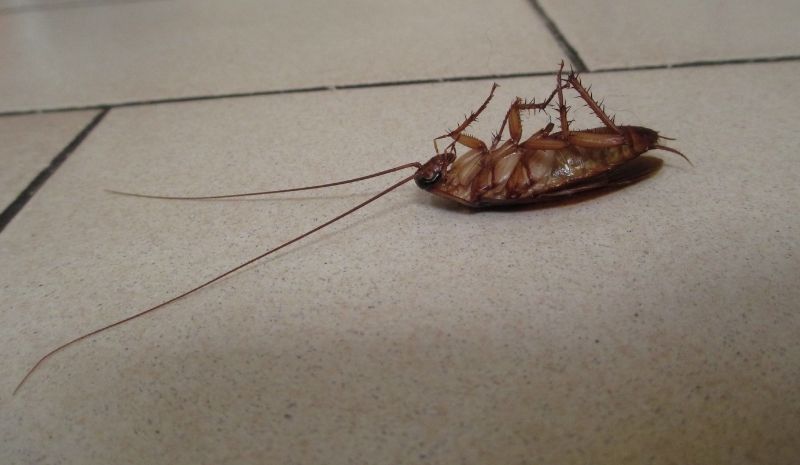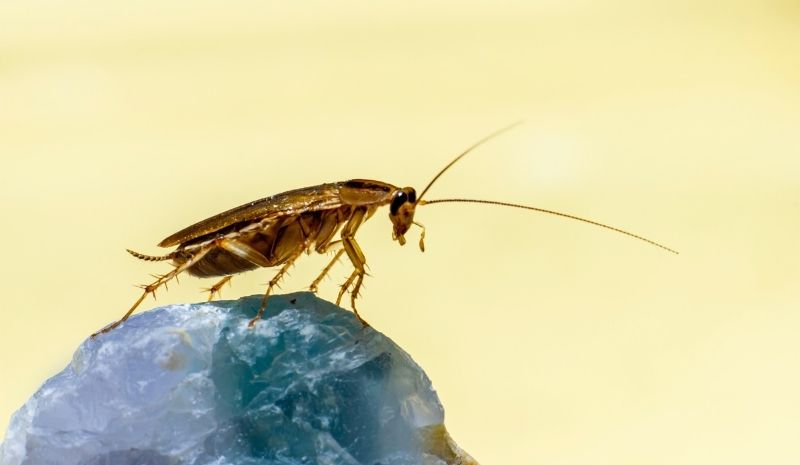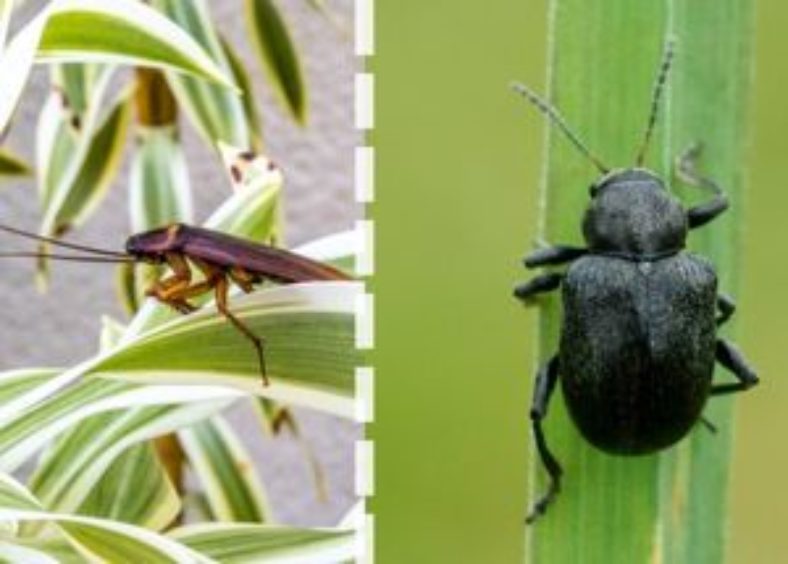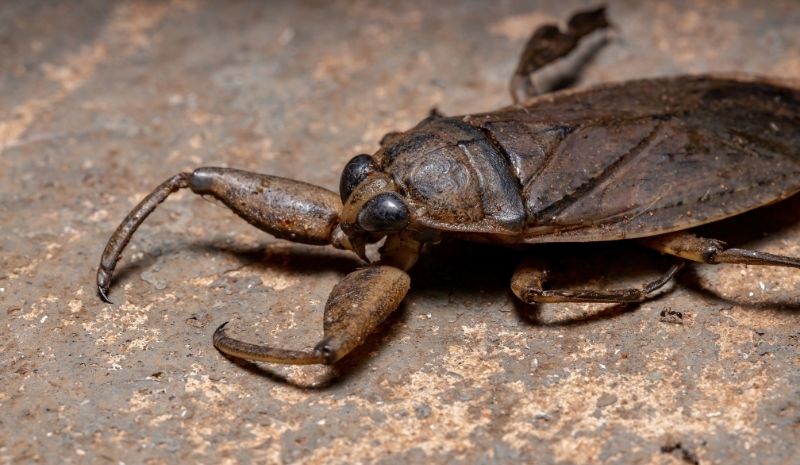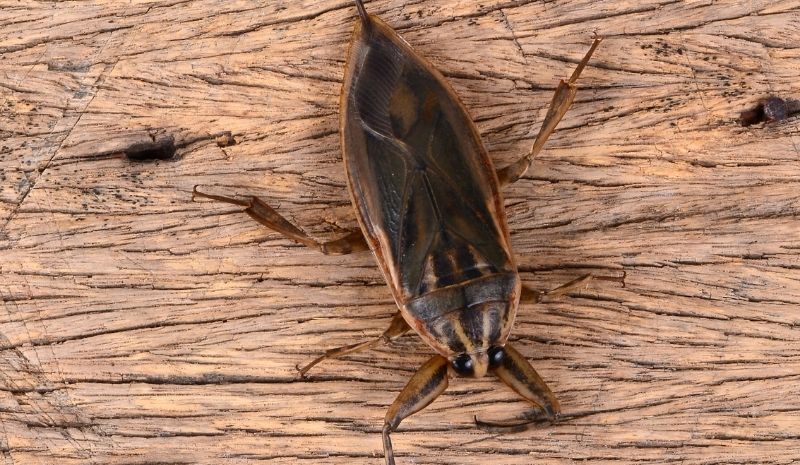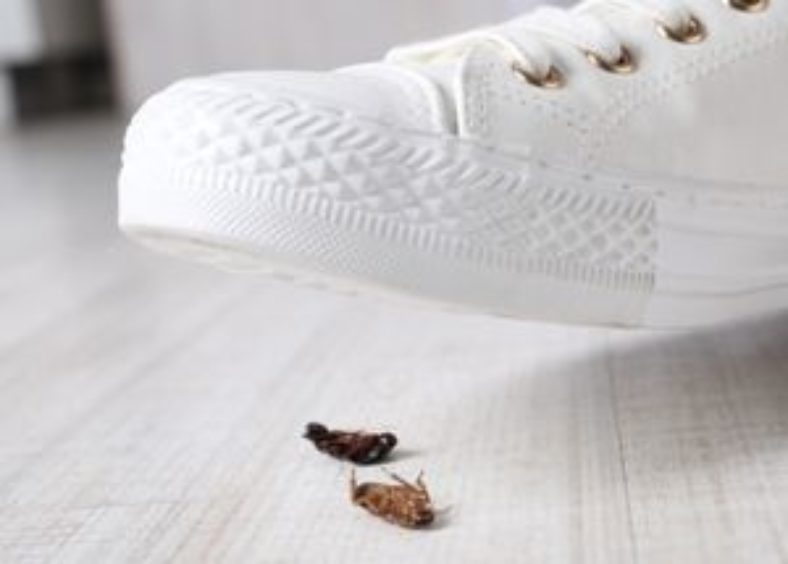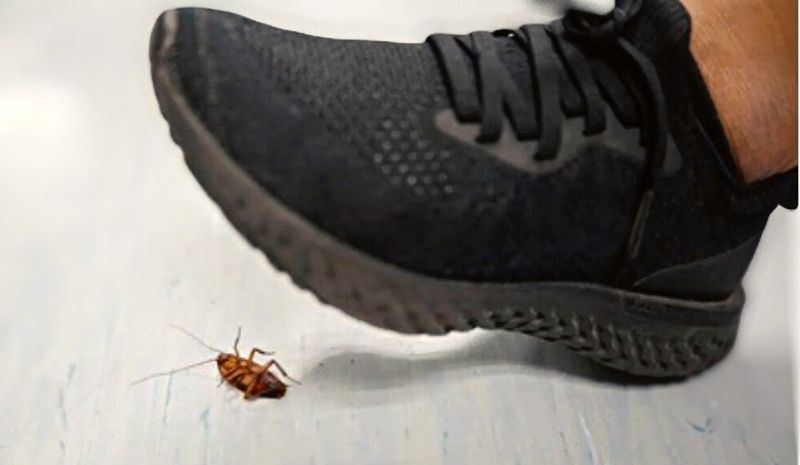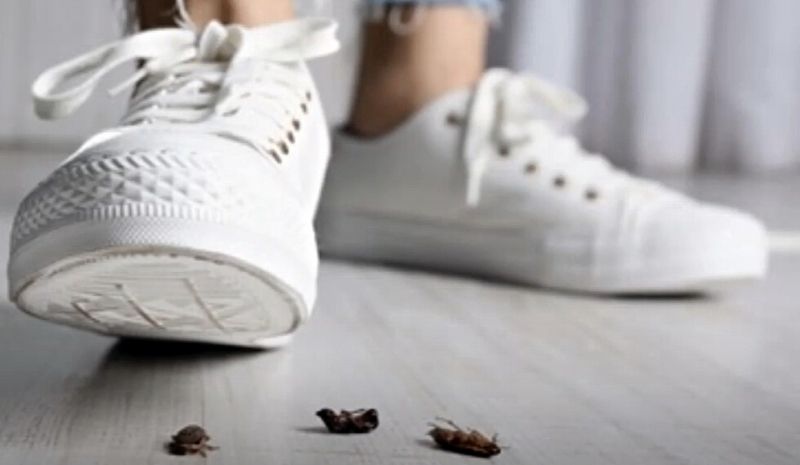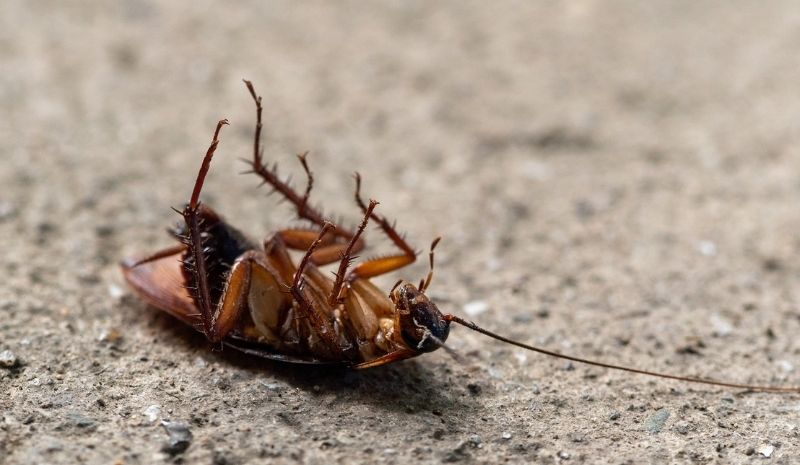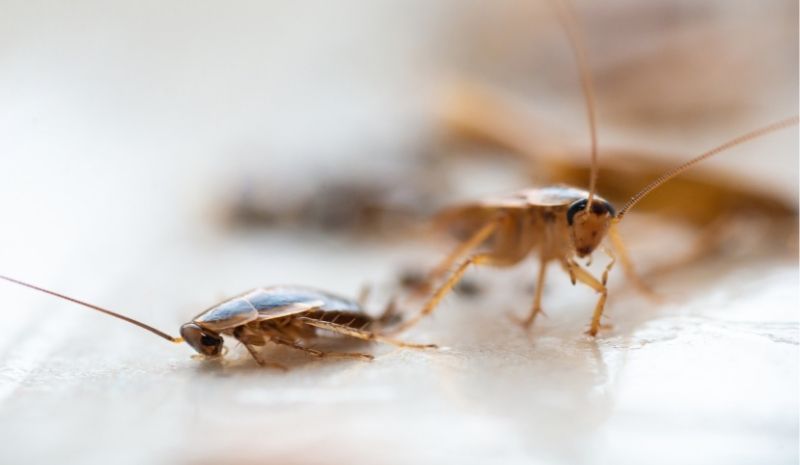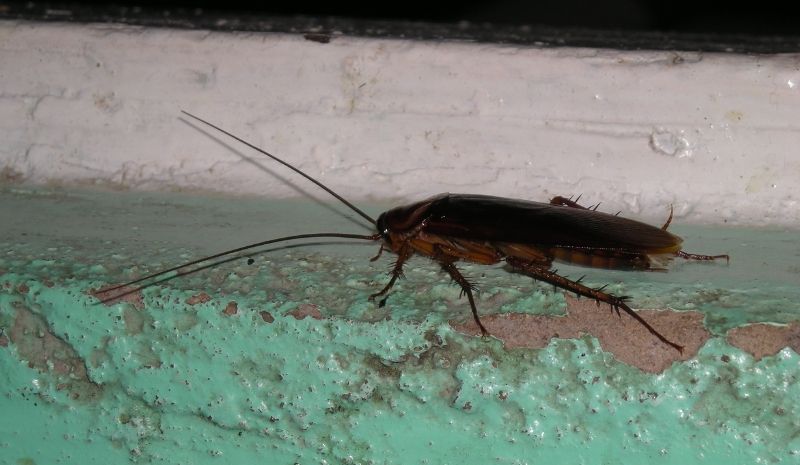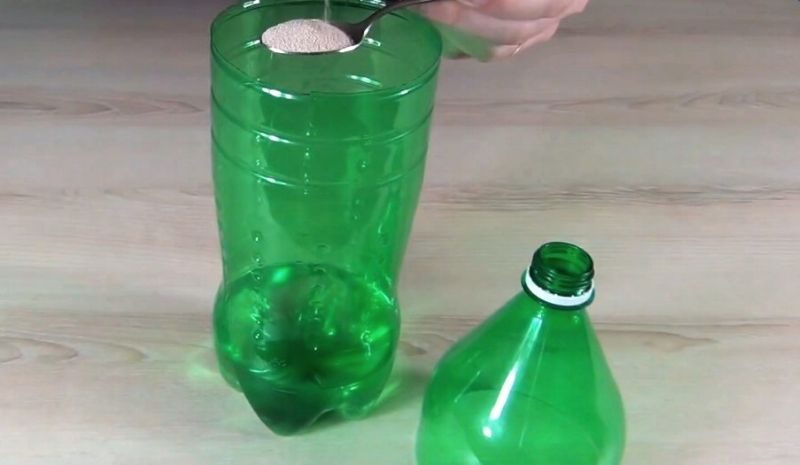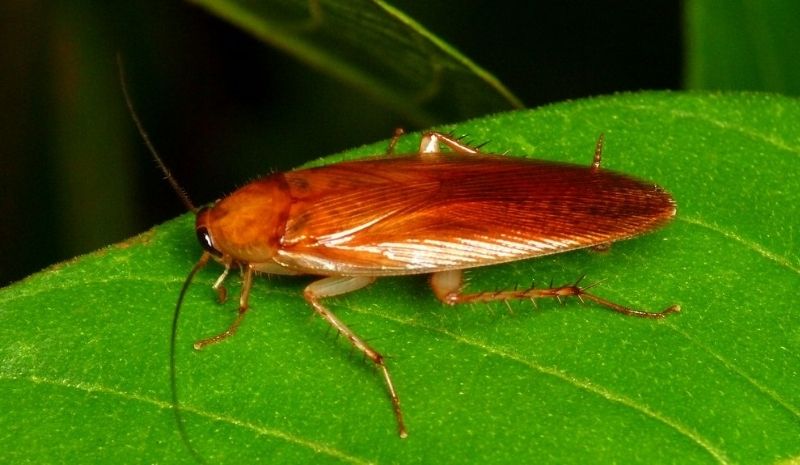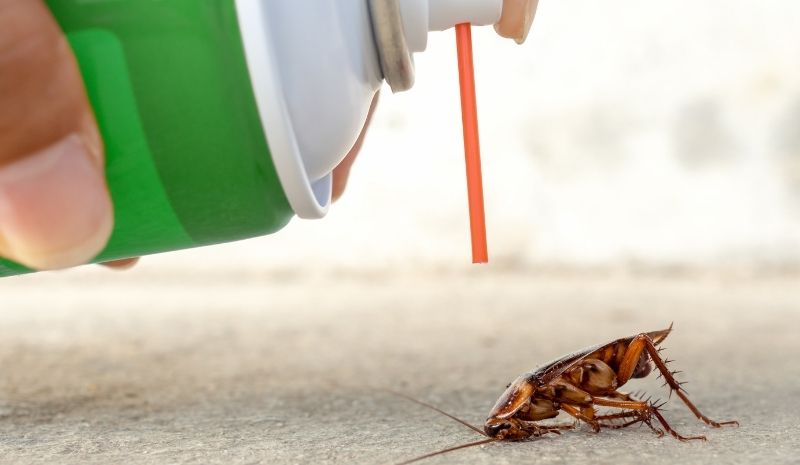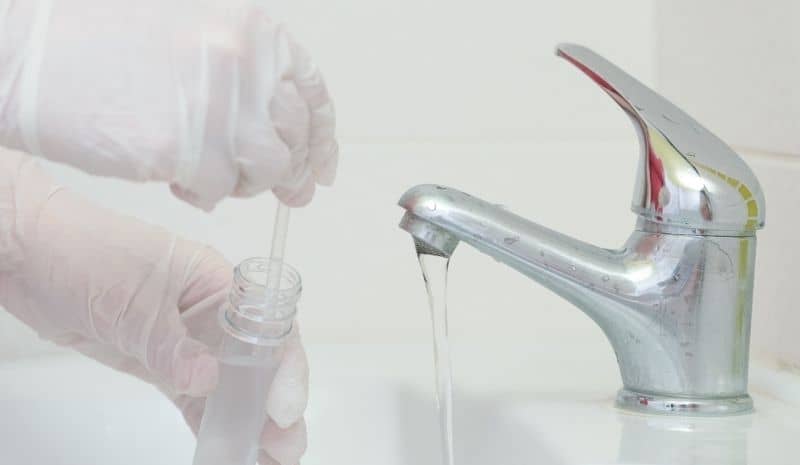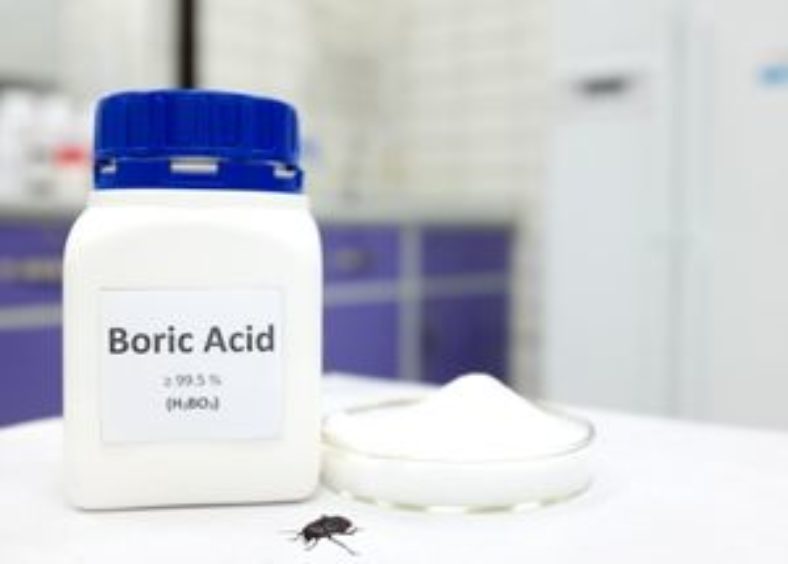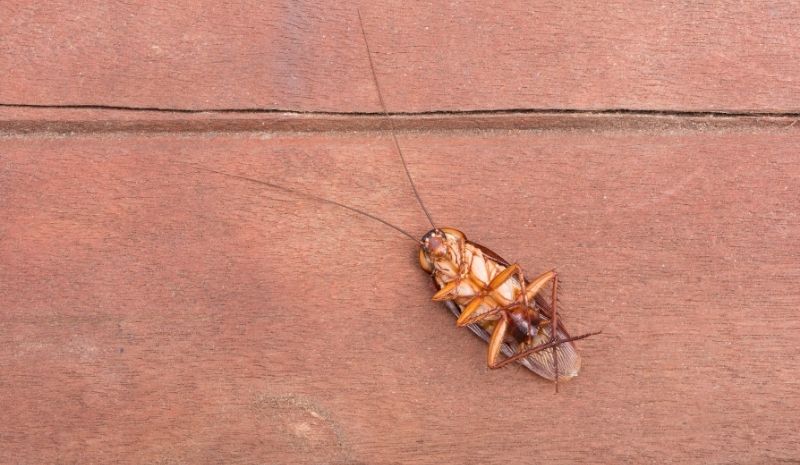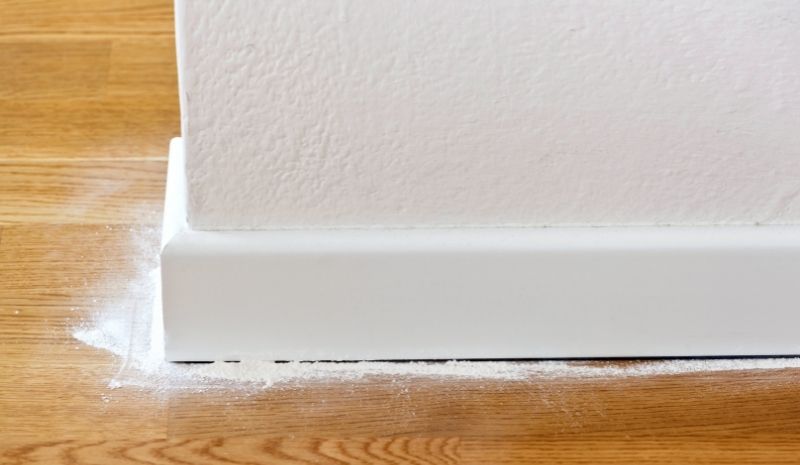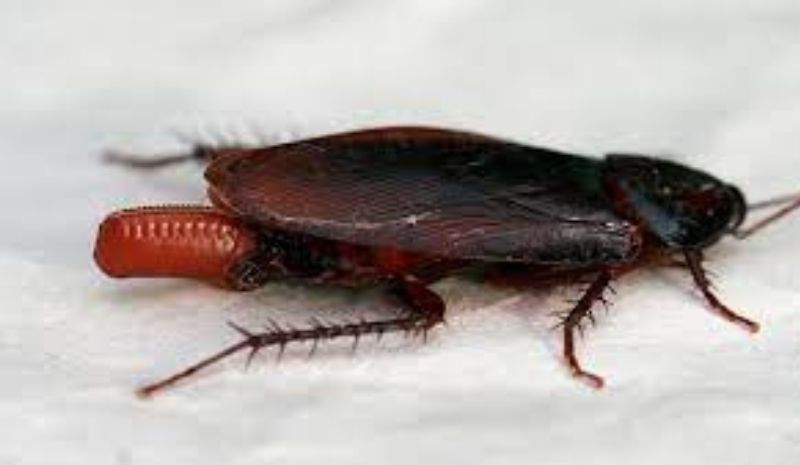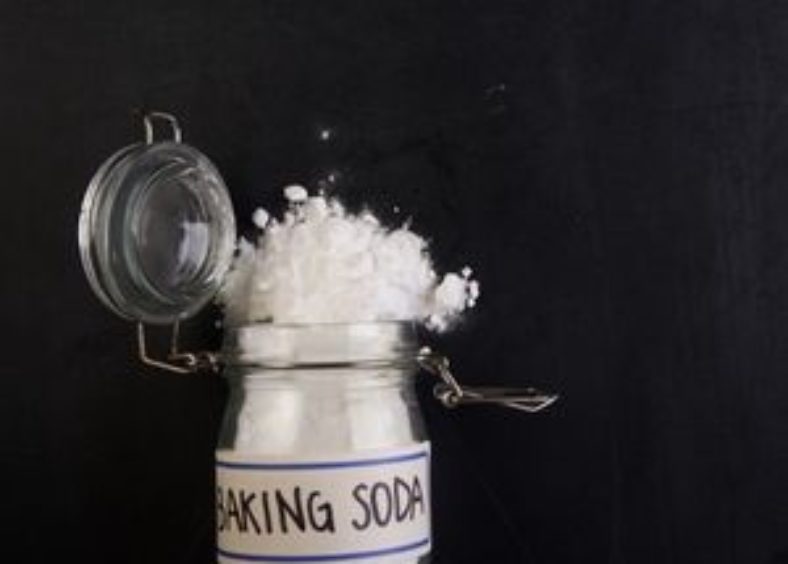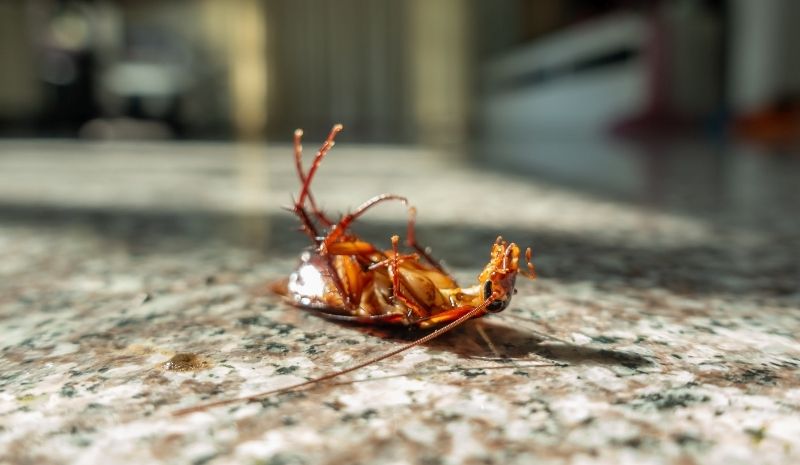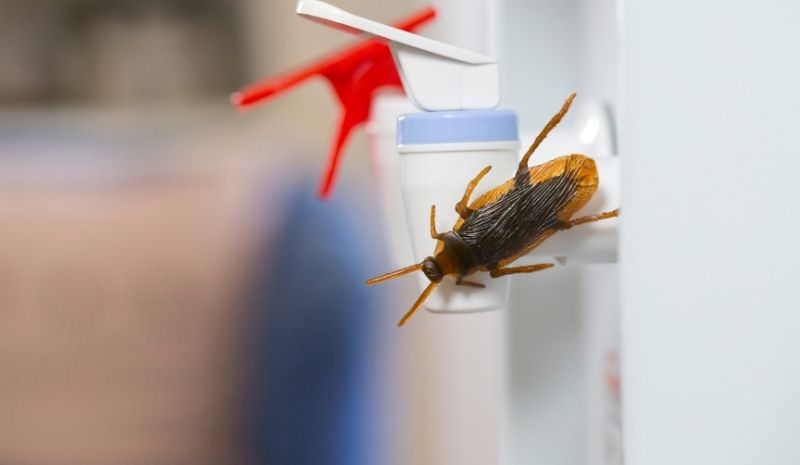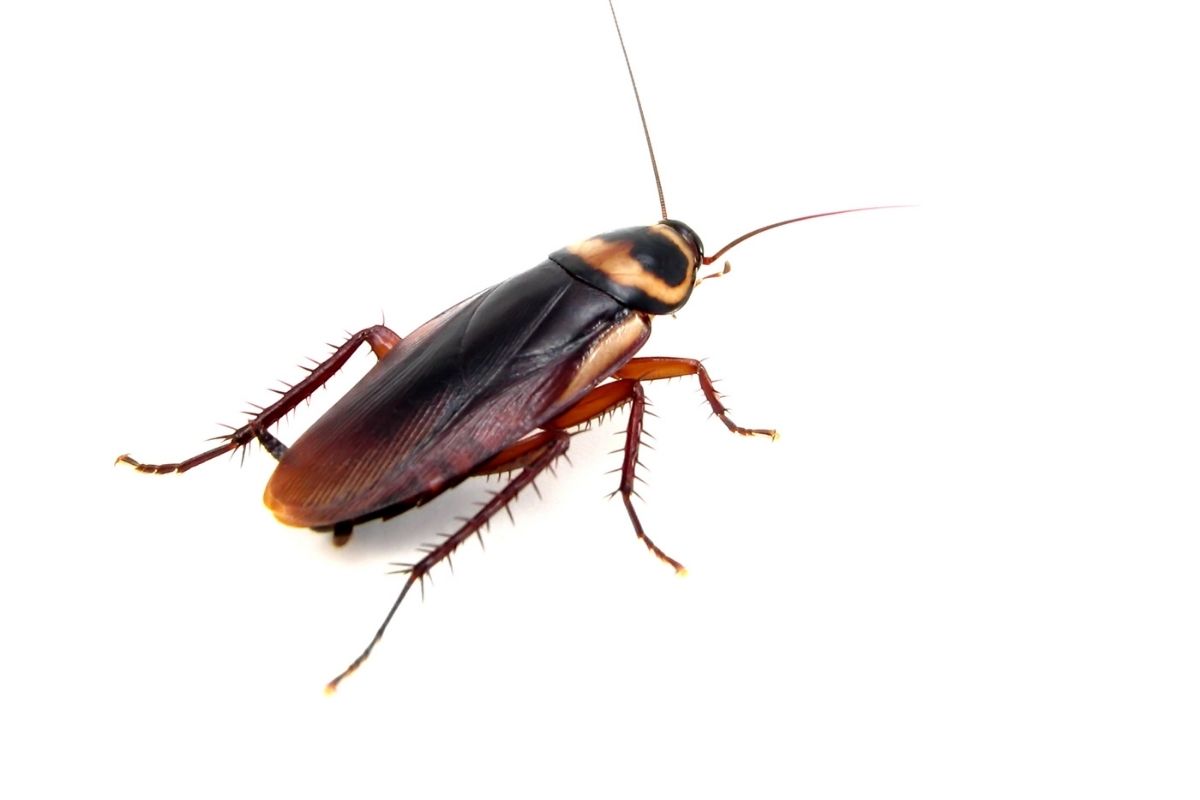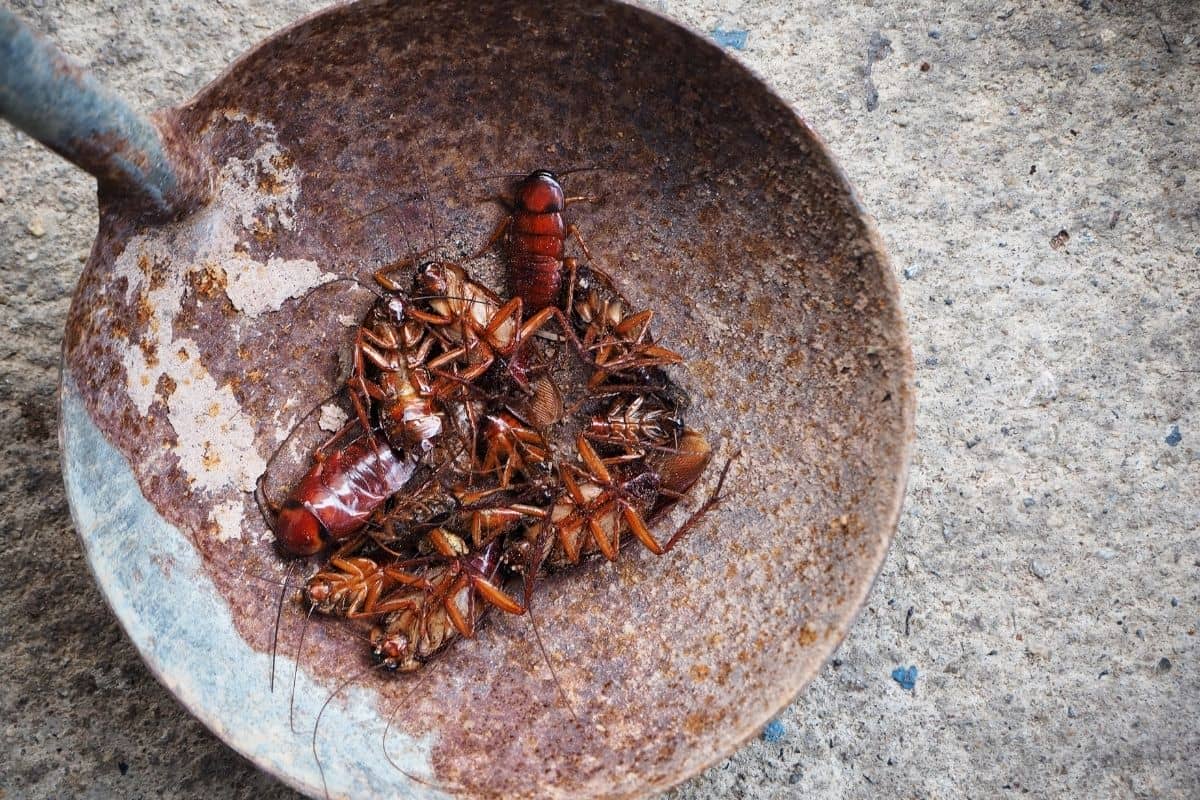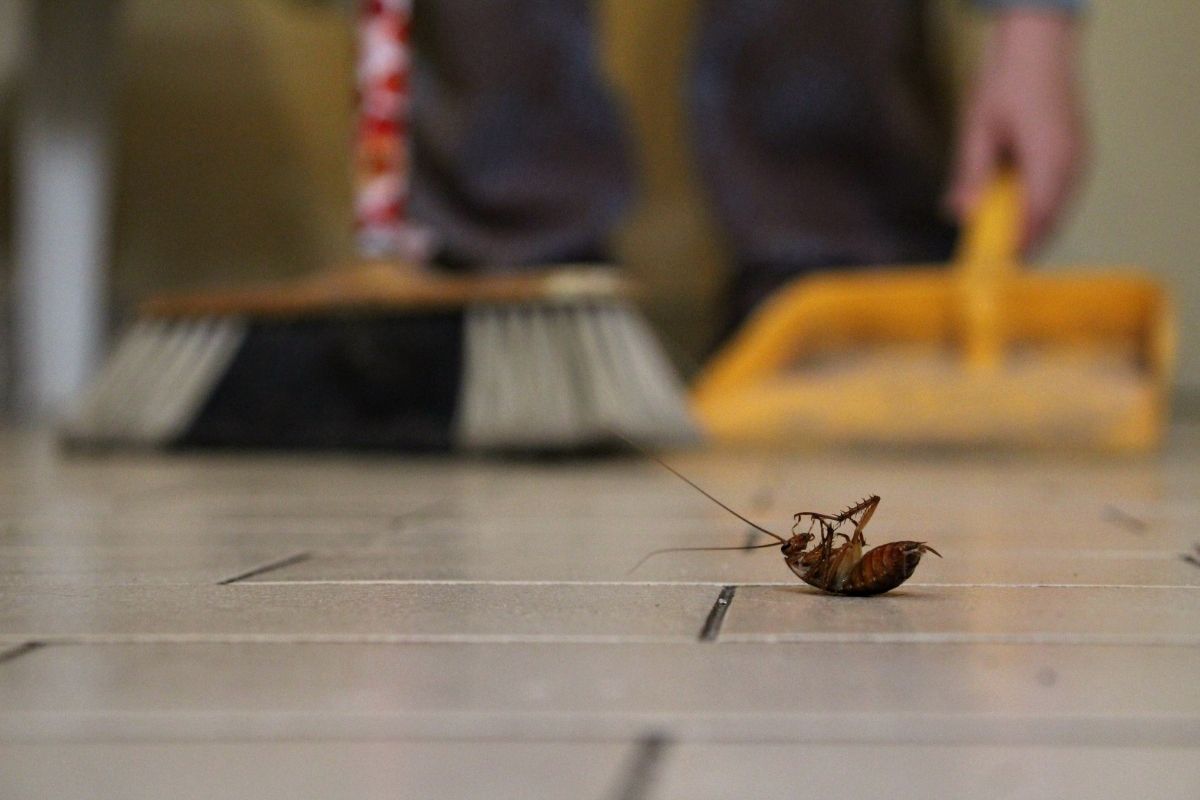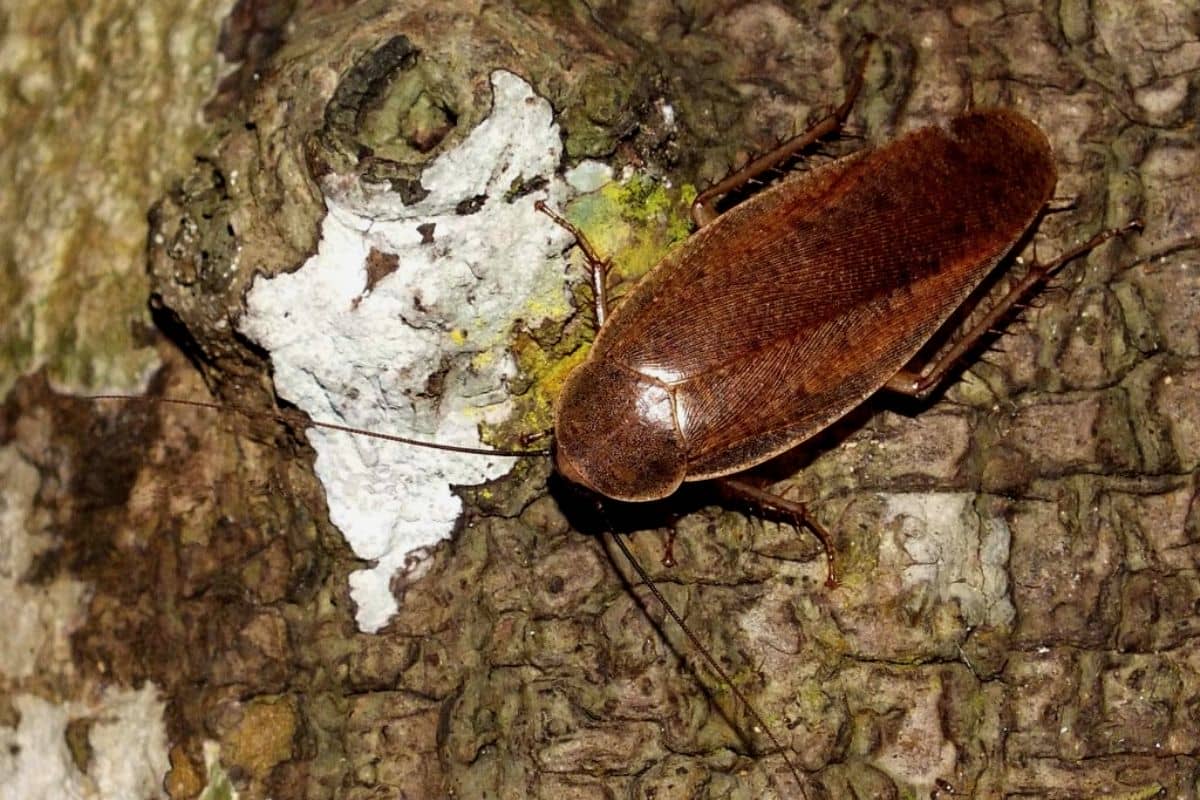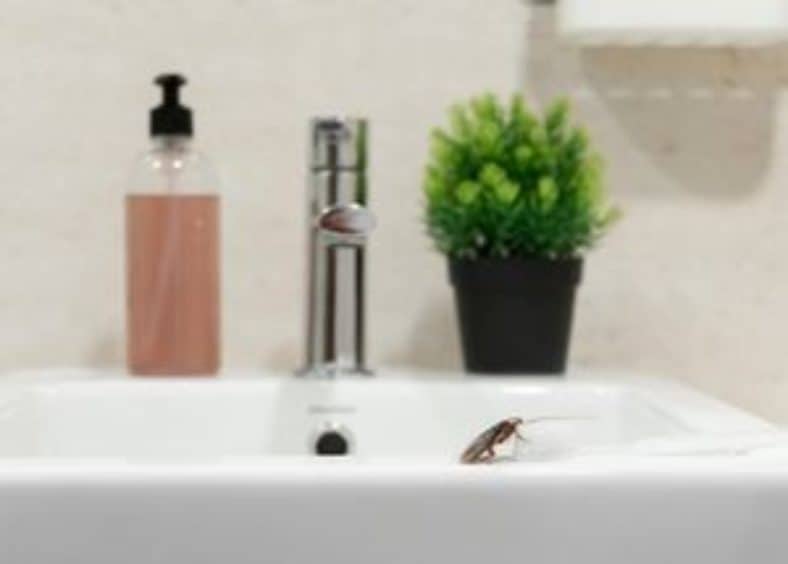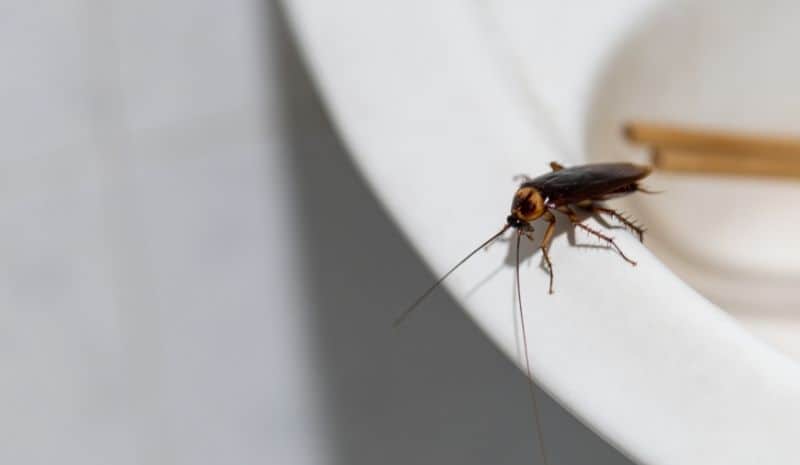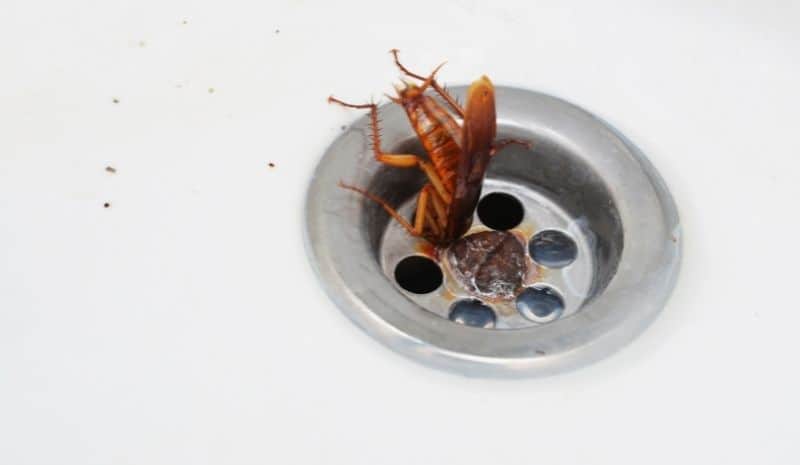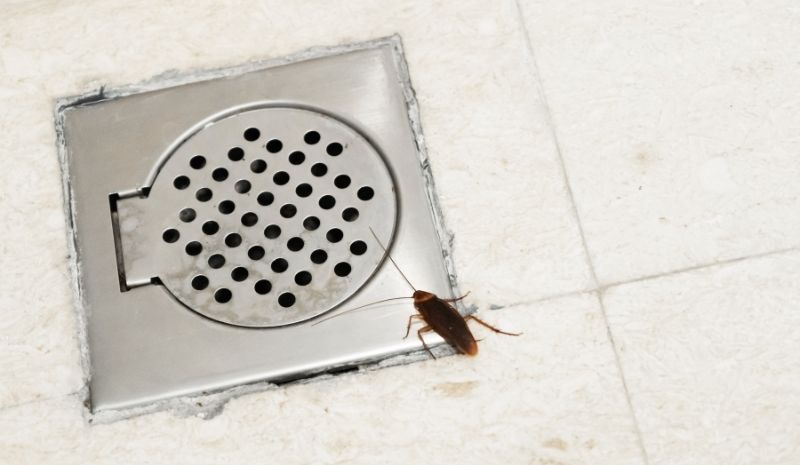Squirrels and rats are uninvited guests who will gladly invade your dwelling, munch on your food, and destroy your possessions. These furry troublemakers won’t be too careful or clean when hanging out in your house. On the contrary, they’ll eagerly pee and leave their scat wherever they feel like it. Before trying to exterminate the rodent invaders, conducting the comparison of squirrel poop vs. rat poop is vital. Keep reading this piece for more details on fast and effective rodent poop identification.
The Complete Guide to Rodent Poop Identification
What do rat droppings look like? If you’re asking this question, you’re on the right way to determining the type of pest invasion you’re facing and thus, exterminating the pests sooner rather than later. Other factors to rely upon are:
- what shade is prevalent;
- dimensions & configuration;
- edge specificities;
- the amount detected;
- placement specificities.
The Key Differences Between Squirrel Poop vs. Rat Poop
Oh yeah. Now you’ve seen it with your own eyes. Tiny, darkish, and not exactly chocolate sprinkles… Once you force down your nausea, you will have to pinpoint where exactly the stinky stools came from. Gross, as it may be, determining the kind of feces you’ve found is essential, for it will help you effectively get rid of the little furry invaders of your property. Below, you’ll find some vital identification criteria. This information will help you with effective rat and squirrel management.
50 Shades of Poop: Haunt Them Down
At first glance, there’s no particular distinction between squirrel and rat’s scat. However, if you compare the shades, you’ll easily figure out the type of pest that has gotten inside your dwelling without you even knowing it. In most cases, if you’re noticing brownish, pale-ish red, or even greenish droppings in your house, then you’re facing squirrel invasion. As for the rat feces, it’s noticeably darker and almost black. So, yes, the issue of shades matters a lot here.
Shape & Size: Learning to Differentiate
Shape distinctions are also important. Squirrel excrement is usually coffee bean-shaped and tends to be slightly bigger compared to those of rats. As for the texture, the surface of squirrel feces is generally level and even. Rat poop is, on the contrary, of elliptical and often somewhat rectangular shape. How big is squirrel poop? Well, the answer to this question lies in the fact that both pests’ feces is frequently compared to raisins in terms of their overall appearance.
Edges: Identifying Devil in Details
Rat stools are commonly raisin-shaped, thickish at the center, and with pointy sides. At the same time, squirrel stools are usually softer and curved on the sides.
Placement: the ‘Hows’ Matter
In comparison with rats, squirrels seem to be tidier poopers when it comes to the distribution of their droppings. Are you wondering what it means? We have all the details ahead. The thing is, unlike squirrel stools, which are usually left in the same spots, rats feel the freedom to scatter their poop all over your place randomly. There’s one similarity between the two rodents related to the number of feces. Both these troublemakers poop very often. That’s because they enjoy munching on your yummies.
Amount: Heavy & Moderate Poopers
Squirrels are neater yet heavier poopers as opposed to rats. When defecating, squirrels spread out up to a dozen pellets in a pile. Because they leave their scat in the same spots, large piles of feces can eventually accumulate in their favorite pooping spots.
Rats are, on the contrary, random poopers whose excrement is scattered moderately anywhere the trash-loving, filthy troublemakers currently choose. It may seem to the inexpert eye that you’re facing a severe rat infestation. However, you should bear in mind that two rats can leave a huge mess, considering these pests’ habit of scattering their excrement all over the place.
Overall Appearance: Shine Bright Like…
It’s interesting to note that both squirrel and rat stools are shiny. Not exactly like diamonds, but you know what we mean. The only distinction is that squirrel feces tends to dry and alter its glistening texture over time. In comparison, rat droppings retain their ‘shiny and new’ disposition, obviously for the purpose of stimulating your gag reflex even more. We hope that answers your ‘What does squirrels poop look like?’ question.
With these essential details at your disposal, differentiating between rodent excrement is a cakewalk. Remember that its form, shade, and amount are the most telltale criteria. By getting to grips with these nuances, you are sure to succeed in pinpointing which animal has invaded your residence and is defecating in all the wrong places. From that point forward, your get-rid-of-rats endeavor will only be a matter of time.
Frequently Asked Questions
Have more questions on the topic of this article? You’re free to delve deeper into our answers to your most frequently asked questions below. Chances are you’ll find the answer to your questions there, too.
Do Squirrels Poop a Lot?
Yes, squirrels happen to be aggressive poopers. Rat excrement is about the size of a seed. They won’t defecate all over your place, unlike random-defecating rats, though.
Is Squirrel or Rat Poop Toxic to Pets?
Yes, these rodents’ feces can be poisonous to your cats and dogs. That is particularly true about rats which carry tons of hazardous diseases. Therefore, germs and diseases that live in rat body waste can easily poison pet food and water sources.
What if I Vacuum Rat Droppings?
If you sweep or vacuum rat poop, you can contribute to inhaling its germs and virus particles and eventually get infected. Follow these steps for proper rat poop cleaning:
- put on rubber gloves and protective glasses;
- mix bleach and water in a bottle or use a multi-functional disinfectant;
- spray the substance on the poop until it’s all wet;
- let it all soak for several minutes;
- wipe up the droppings using a paper towel and throw it all out into a plastic bag. Yuck! Don’t forget to wash your gloves and then your ungloved hands after that. Finish it up by cleaning the area where the nasty poopers left their shiny ‘gifts’ for you. That’s about it.
To Sum Up: Share Your Rodent Poop Expertise
The parameters you’re going to need to keep a laser-like focus on are the shape, shade, placement, and amount of stools left by your rodent invaders behind. Squirrel droppings are shorter and thinner than rat stools. However, both are similar in size; therefore, they may seem identical at first glance. Both these rodents’ feces are brown. The distinction is that squirrel excrement is commonly lighter brownish and sometimes comes in many other shades, such as pale red and greenish.
Also read:
- Physical Characteristics of Different Types of Termites
- The Different Stages of Termite Life Cycle
- The Importance of Understanding Termite Feeding Habits for Effective Control
- What Do Termites Eat? Understanding a Termite’s Diet is Key to Effective Termite Control
- Exploring the Diet of Subterranean Termites
So, what are your thoughts on the topic? Do you know how to differentiate squirrel stools from rat droppings? Share your pest control experience with your fellow readers in the comment box below. We value your feedback greatly.

